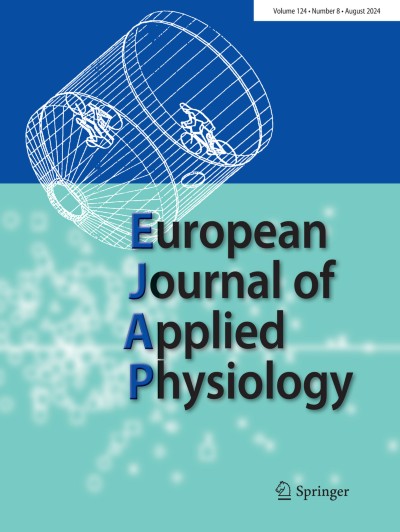Exacerbated central fatigue and reduced exercise capacity in early-stage breast cancer patients treated with chemotherapy

Publication
Exacerbated central fatigue and reduced exercise capacity in early-stage breast cancer patients treated with chemotherapy
Auteurs : Elyse Hucteau, Joris Mallard, Xavier Pivot, Roland Schott, Carole Pflumio, Philippe Trensz, Fabrice Favret, Allan F Pagano, Thomas J Hureau
Axes de recherche : Axe 2 | Exercice
Abstract
Purpose: The present study aimed to characterize the etiology of exercise-induced neuromuscular fatigue and its consequences on the force-duration relationship to provide mechanistic insights into the reduced exercise capacity characterizing early-stage breast cancer patients.
Methods: Fifteen early-stage breast cancer patients and fifteen healthy women performed 60 maximal voluntary isometric quadriceps contractions (MVCs, 3 s of contraction, 2 s of relaxation). The critical force was determined as the mean force of the last six contractions, while W' was calculated as the force impulse generated above the critical force. Quadriceps muscle activation during exercise was estimated from vastus lateralis, vastus medialis and rectus femoris EMG. Central and peripheral fatigue were quantified via changes in pre- to postexercise quadriceps voluntary activation (ΔVA) and quadriceps twitch force (ΔQTw) evoked by supramaximal electrical stimulation, respectively.
Results: Early-stage breast cancer patients demonstrated lower MVC than controls preexercise (- 15%, P = 0.022), and this reduction persisted throughout the 60-MVC exercise (- 21%, P = 0.002). The absolute critical force was lower in patients than in controls (144 ± 29N vs. 201 ± 47N, respectively, P < 0.001), while W' was similar (P = 0.546), resulting in lower total work done (- 23%, P = 0.001). This was associated with lower muscle activation in the vastus lateralis (P < 0.001), vastus medialis (P = 0.003) and rectus femoris (P = 0.003) in patients. Immediately following exercise, ΔVA showed a greater reduction in patients compared to controls (- 21.6 ± 13.3% vs. - 12.6 ± 7.7%, P = 0.040), while ΔQTw was similar (- 60.2 ± 13.2% vs. - 52.8 ± 19.4%, P = 0.196).
Conclusion: These findings support central fatigue as a primary cause of the reduction in exercise capacity characterizing early-stage breast cancer patients treated with chemotherapy.
Clinical trials registration: No. NCT04639609-November 20, 2020.
Keywords: Central and peripheral fatigue; Critical force; Exercise tolerance; Neuromuscular fatigue; Neuromuscular function.
© 2023. The Author(s).